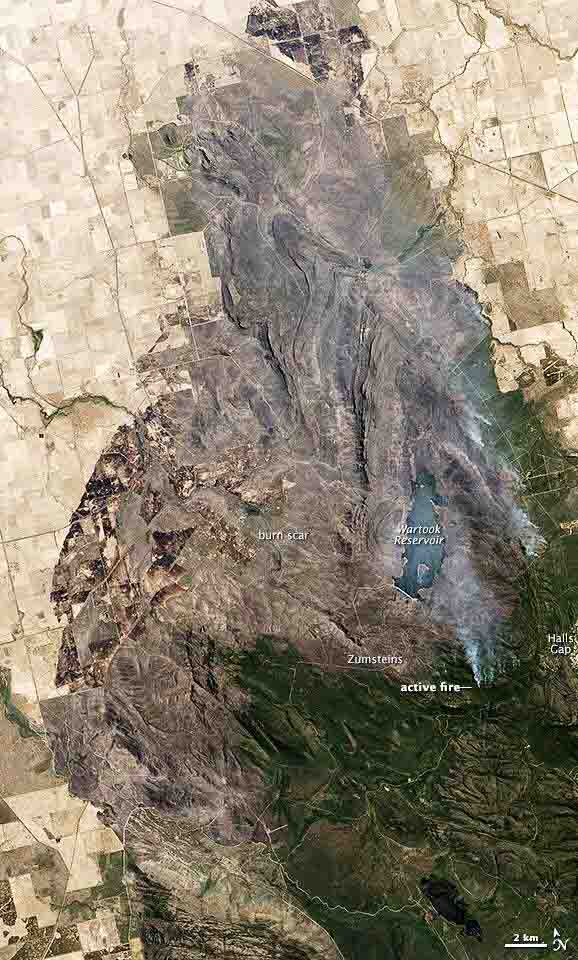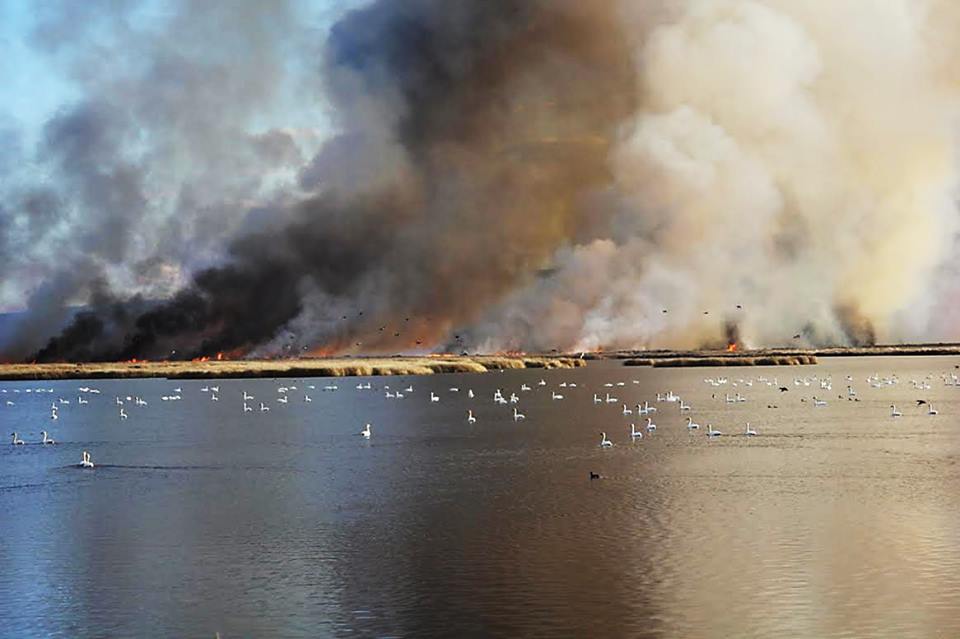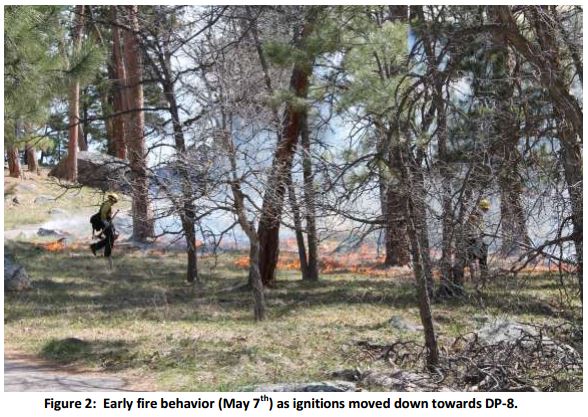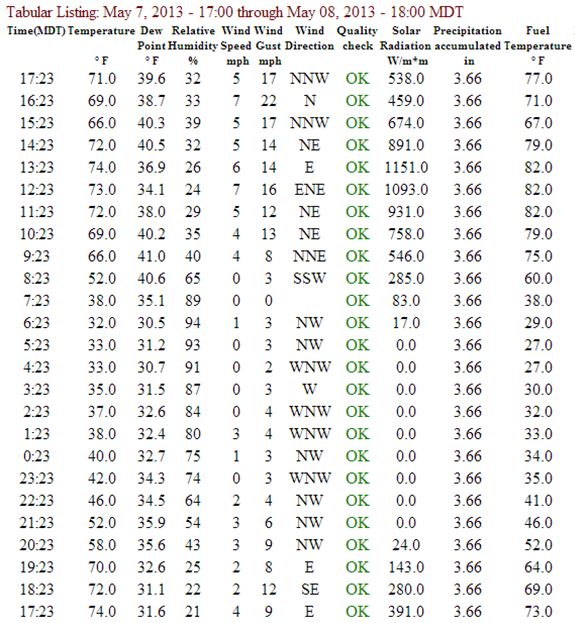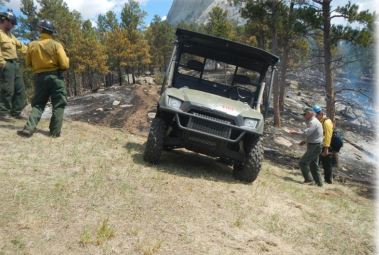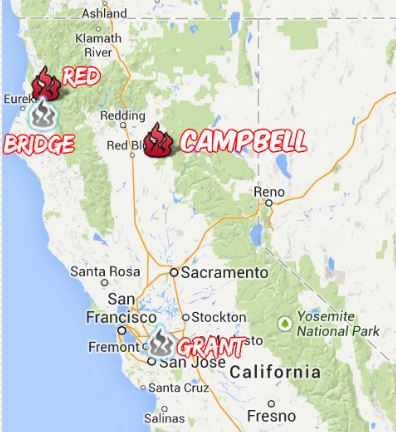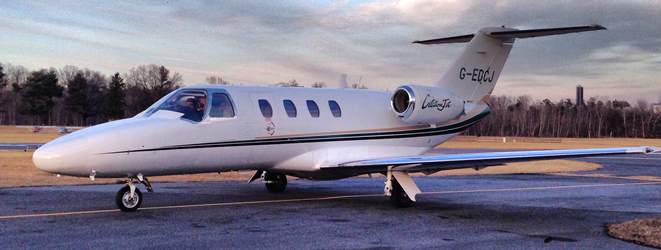
BLM awards contract for first jet-powered lead plane
The Bureau of Land Management has awarded a contract for the first jet-powered lead plane in the United States. Lead planes fly ahead of the much larger air tankers that drop retardant on fires. They identify the targets and evaluate the fire and wind conditions. Dynamic Aviation, with headquarters in Bridgewater, Virginia, will be supplying a Cessna Citation CJ to serve as a lead plane and Air Supervision Module (ASM) this fire season. With the jet-powered air tankers now in use, including DC-10s, BAe-146s, and MD-87s, there is a need for a lead plane that can keep up with the “next-generation” air tankers.
(More information is at Fire Aviation.)
Evacuations ordered in southern California fire areas before storm
Mandatory evacuations have been ordered for about 1,000 homes that could be affected by debris flows out of recent wildfires in the Glendora and Azusa areas. The Colby Fire burned 1,952 acres of the hillsides above the communities on January 16, 2014.
Weather forecasters have predicted several inches of rain for some areas in southern California between Thursday and Saturday.
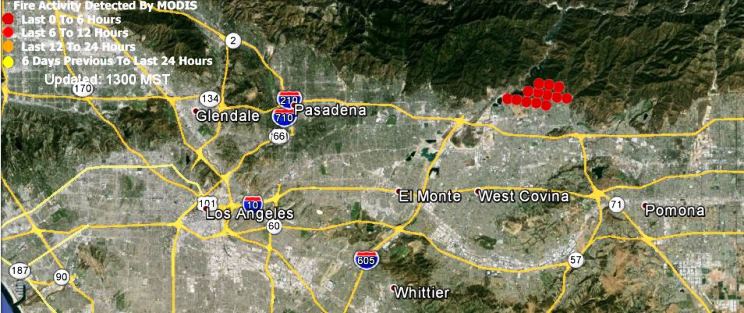
“Ice makes a good firebreak”
From The Nature Conservancy, describing a prescribed fire in Oklahoma:
Crews use drip torches to start the 475-acre controlled burn at the Four Canyon Preserve
“We took advantage of a break in the weather on February 1 and completed a 475-acre prescribed burn at the Four Canyon Preserve. This work was funded by a ConocoPhillips and National Fish and Wildlife Foundation grant, and it wouldn’t have been possible without their help,” said Chris Hise, Four Canyon Preserve Manager. “It’s very early in the season to be burning here, but we’re trying to stay ahead of a worsening drought situation. I had the odd experience of carrying a drip torch along the frozen banks of the Canadian River. Ice makes a good firebreak.”
More info, and photos, are at The Nature Conservancy’s website.
NASA photograph of a fire in Australia
A large fire burning in and around Grampians National Park in Victoria, Australia, was nearly contained when the Operational Land Imager on the Landsat 8 satellite acquired this image on January 19, 2014. The burned land is gray-brown in this natural-color image. Active fires were burning on the east side of the burn area, sending up plumes of smoke.
